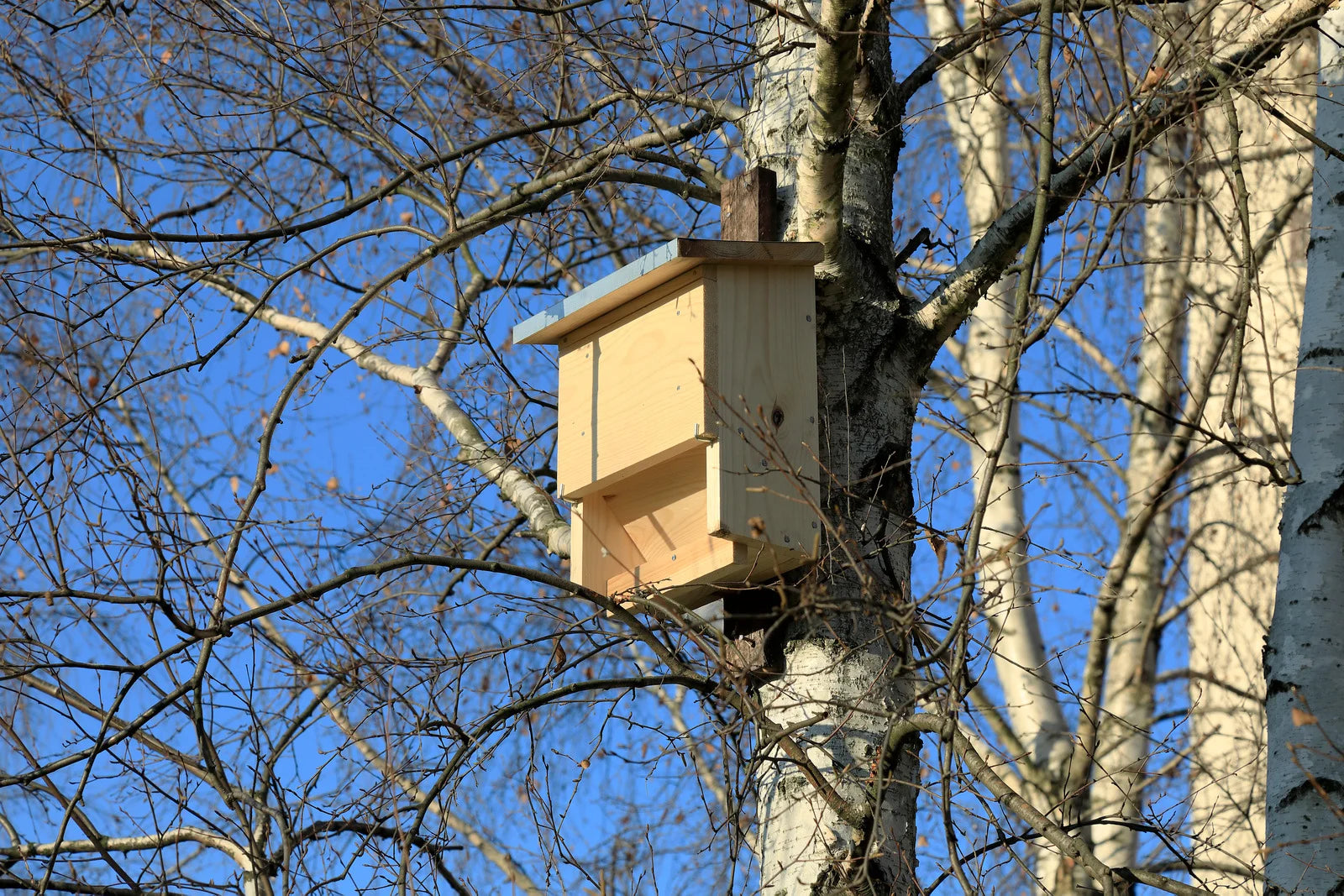Bat Houses. These remarkable structures not only provide shelter for these incredible creatures but also offer numerous advantages for the overall health and productivity of your garden. Join us as we explore the importance of bat houses and how they can contribute to the success of your survival garden.
The Incredible World of Bats
Before we dive into the benefits of bat houses, let's take a moment to appreciate the incredible world of bats. Bats are fascinating creatures that play a vital role in ecosystems worldwide. They are natural pest controllers, consuming vast quantities of insects such as mosquitoes, moths, and beetles. In fact, a single bat can consume thousands of insects in a single night, making them a gardener's best friend in the battle against pests. Understand further why Bats are one of the most misunderstood animals.
Why Bat Houses Matter
Bat houses serve as artificial roosting sites that mimic the natural shelter bats seek out, such as tree cavities and rock crevices. By providing a safe and suitable habitat, bat houses encourage these beneficial creatures to take up residence in your garden. Here are some key reasons why bat houses matter in survival gardens:

Pest Control
As mentioned earlier, bats are voracious insect eaters. By attracting bats to your garden with a bat house, you create a natural pest control system that can significantly reduce the need for chemical insecticides. This eco-friendly approach helps maintain a healthy balance in your garden ecosystem.
Pollination
In addition to consuming insects, some bat species play a crucial role in pollination. They visit flowers at night, transferring pollen and facilitating the reproduction of numerous plants, including some fruits, vegetables, and medicinal plants. By attracting bats, you encourage pollination and enhance the productivity of your garden.
Biodiversity
Encouraging bats to inhabit your survival garden increases its biodiversity. A diverse ecosystem is more resilient, as it can better withstand environmental challenges, diseases, and imbalances. Bats contribute to the overall health and stability of the ecosystem, fostering a harmonious environment for your garden to thrive.
Choosing the Right Bat House
Size and Design: Bat houses come in various sizes and designs, each suited for different bat species. Research the bats native to your region and choose a bat house that accommodates their specific needs. Ensure the design includes appropriate roosting chambers, landing pads, and ventilation.
Placement
Bat houses should be strategically placed to attract bats. Consider mounting them on a south-facing structure, at least 10 to 15 feet off the ground, away from excessive artificial light and strong wind currents. Also, ensure the area around the bat house is clear of obstructions to allow bats easy access

Maintenance
Regular maintenance of bat houses is crucial. Clean the houses annually, preferably in late winter or early spring, to remove debris and parasites. Inspect for any damage and repair as necessary.











